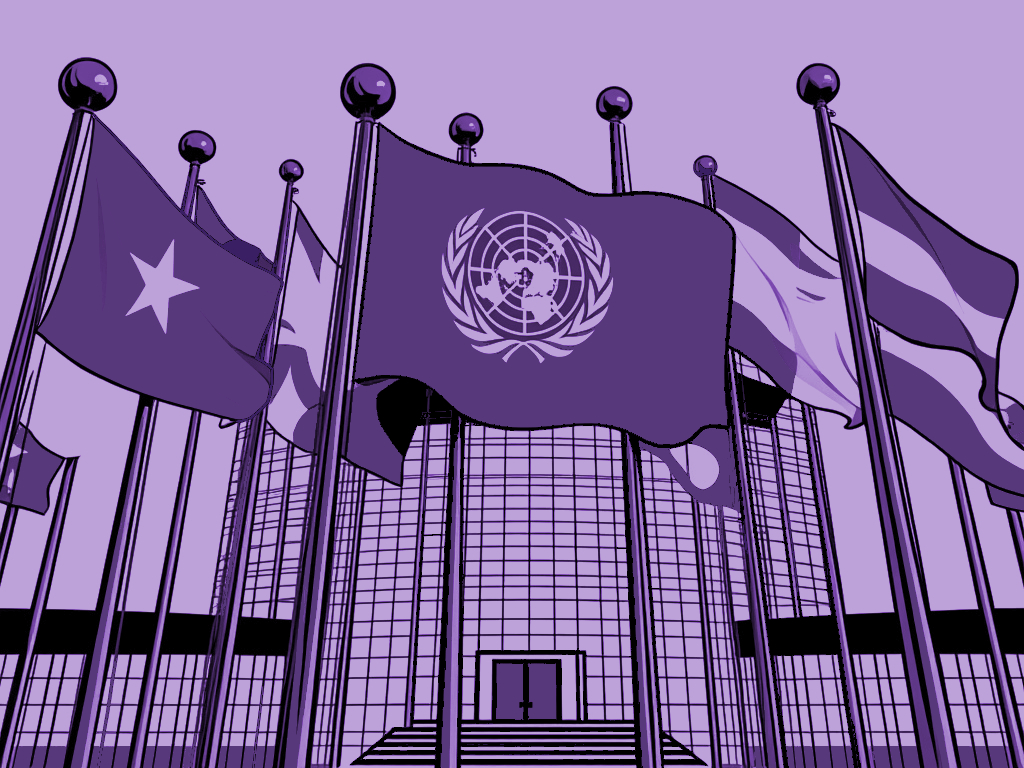What is the Convention on the Rights of the Child?

In 1973, the International Labour Organization adopted Convention 138, setting 18 as the minimum age for engaging in work hazardous to a person’s health, safety, or morals. Then, in 1989, the United Nations General Assembly adopted the Convention on the Rights of the Child , widely acclaimed as a landmark achievement for human rights. This convention recognizes the multifaceted roles of children as social, economic, political, civil, and cultural actors.
The Convention on the Rights of the Child, an international agreement of the United Nations, was signed on November 20, 1989, and became effective on September 2, 1990. It emphasizes that children possess the same rights as adults, with special emphasis on those rights derived from their unique condition as human beings. Additionally, it asserts that, due to their incomplete physical and mental development, children's rights require special protection.
This convention is the first binding agreement at both national and international levels that consolidates a child's civil, political, social, economic, and cultural rights into a single text. Countries that adhere to the Convention on the Rights of the Child commit to compliance, adapting their normative frameworks to its principles and dedicating necessary efforts to ensure every child fully enjoys their rights.
Over the years, this convention has become the most ratified human rights agreement in history, significantly impacting children's lives globally.
At its core is a fundamental idea: children are not mere objects owned by their parents; they are individual human beings with their own rights. The Convention establishes childhood as a distinct stage in an individual's development, lasting until 18 years of age, and emphasizes the need for protection during this special moment. During this stage, children should be allowed to grow, learn, play, develop, and prosper with dignity.
The Convention has inspired governments worldwide to reform laws and policies and invest in protecting and advancing children's rights. Consequently, more children receive the healthcare and nutrition they need, and stronger safeguards protect them from violence and exploitation. It has also empowered children to have their voices heard and participate in societies.
In the 30 years since the Convention's adoption, millions of children's lives have improved globally. Despite this progress, the Convention is not fully implemented or widely known and understood. Millions of children still suffer violations of their basic human rights, such as inadequate medical care, insufficient nutrition, limited access to education, and vulnerability to violence.
Childhood continues to be cut short when children are forced to drop out of school, engage in hazardous work, marry prematurely, participate in armed conflicts, or are incarcerated in adult prisons.
It is incumbent upon the current generation to demand that world leaders in government, business, and communities end violations of children's rights now, once and for all. They must commit to acting to ensure that children see all of their rights fulfilled.

